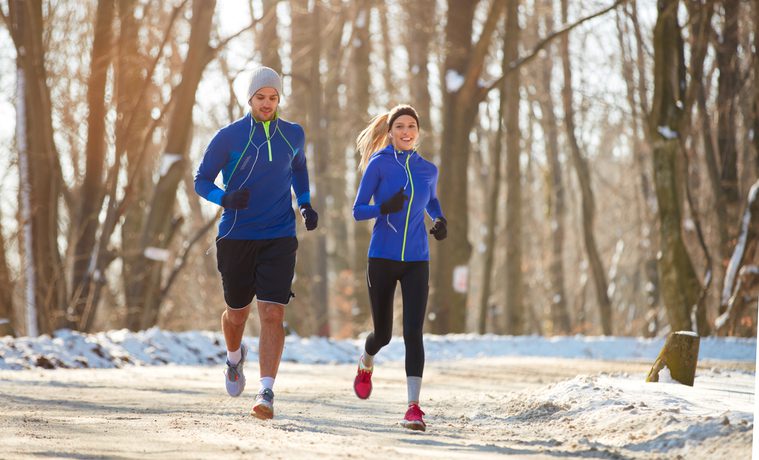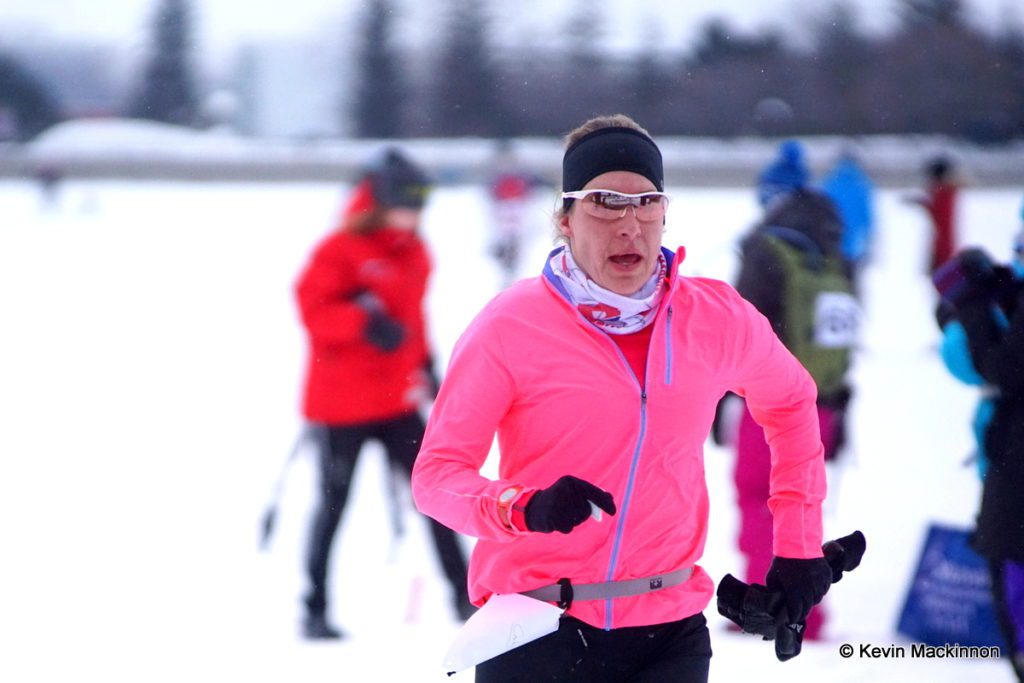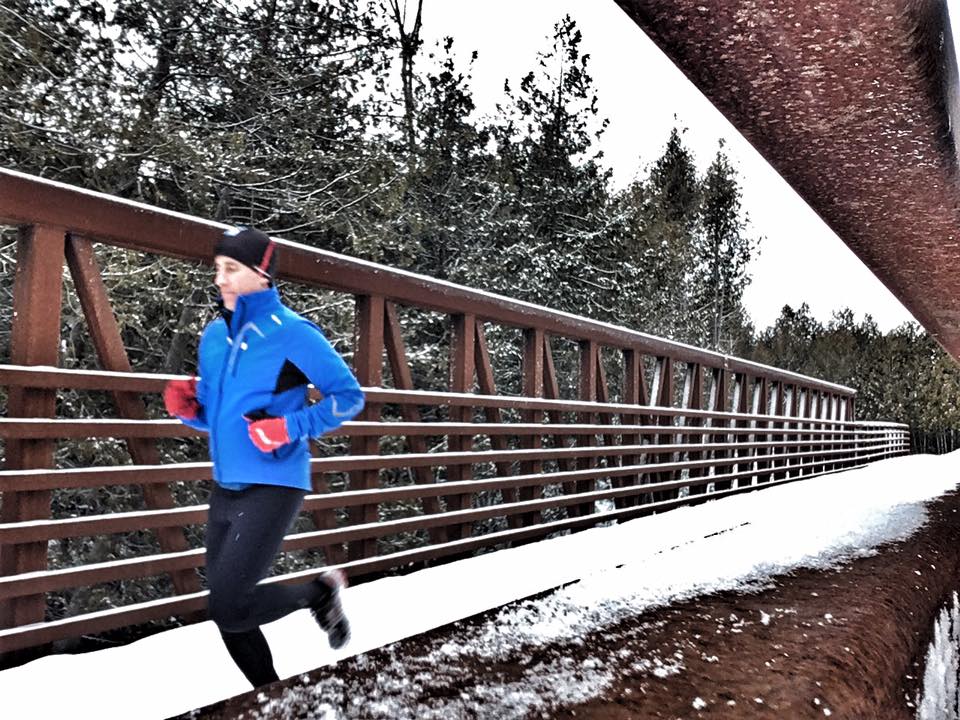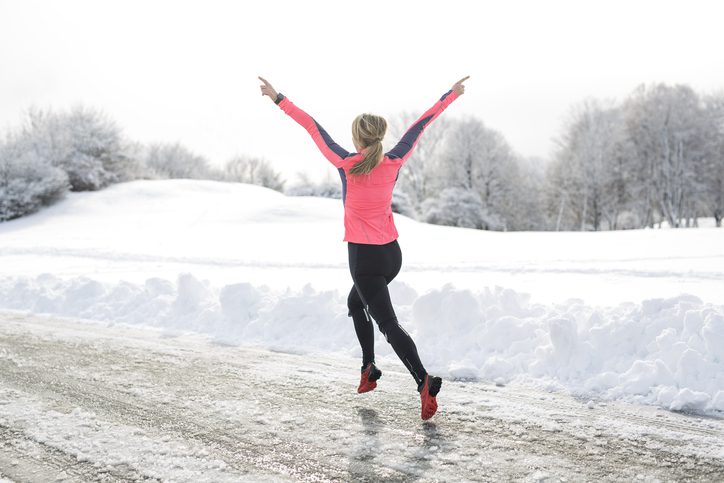How to dress for winter running
Unlike training indoors on the bike, many triathletes will brave the winter cold and go for a run outside. To save you time, we came up with a few suggestions for layering up this winter.

The winter solstice is right around the corner, but the long winter grind has just begun. While most triathletes will opt to ride indoors in the winter months, many triathletes rather brave the cold than run on a treadmill.
Running outdoors does take some practice. Knowing what to wear is one of the most common dilemmas for winter running. To save you time, here are a few tips on how to dress based on what the thermometer reads.
Keep in mind that everyone has different preferences, and with a little practice you’ll learn what works for you.

10 C (balmy, by winter standards): For most, half-tights or capris are fine. Those that are brave enough may even opt for shorts. Though a jacket is not necessary, you may consider a long sleeve top over a short sleeve. If it is raining, put on a light shell over a short sleeve. Gloves are not usually necessary.
As the temperature begins to drop, remember that when running your core body temperature will rise after 5-10 minutes, so make sure to dress accordingly. Avoid putting on puffy layers. Your extremities may need extra clothing, but your core is likely to overheat.
Related: The essentials for cold weather running
2 C (relatively mild): A long sleeve, possibly over a tank or short-sleeve, with half-tights, full tights or capris, ball cap and thin gloves.
0 C (freezing, but not that cold): A light long sleeve base layer under a warmer half-zip-style long sleeve, hat or buff and gloves.
-5 C (cooler): A light layer or two plus jacket, tights, toque, and consider a neck warmer or buff if it’s windy, and warm gloves. Consider layering a pair of long shorts or capris over your tights to keep your rear end warm, or invest in some fleece-lined running tights.
-10 C (cold): For many, this is where we draw the line. If it’s colder than -10, we don’t go out. Any colder, it becomes a question of risk versus reward.
If you do go out, dress warmly with at least 2-3 layers on top (for example, a base layer, long sleeve and jacket), and a warm hat and gloves. If your hands get cold easily, consider using hand warmers.
-20 C (extremely cold): Layer up, and cover any exposed skin (remember faces, wrists and ankles). Add some long underwear/merino base layer bottoms under your tights. A balaclava or neck warmer is strongly recommended.

Most importantly, layer up. The best way to dress for cold weather is to layer technical fabrics, for maximum warmth and breathability. Many people swear by merino wool base layers, since merino is warm, naturally wicks away moisture and doesn’t harbour bacteria or odour.
Protect your extremities. You’d think that the activity of running would keep your toes from freezing, but at -10 or below, it can be a challenge to keep your feet comfortably warm. Consider layering your socks (two thin layers are warmer than one thick layer), and if you do a lot of cold-weather running, consider investing a shoe designed for the purpose, such as the New Balance 910v4 GTX, the Arc’teryx Norvan LD GTX or the Under Armour Charged Reactor Run.
Hat or not? If you’re a hat person, the choice becomes, at what temperature do you switch from a peaked hat or ball cap to a tuque (for us it’s around 0 C). If you hate hats, you’d be wise to wear something on your head–even if it’s just a headband or a buff–when the mercury goes below -5 C or so.
A version of this article is on the Canadian Running Magazine website, written by Anne Francis

